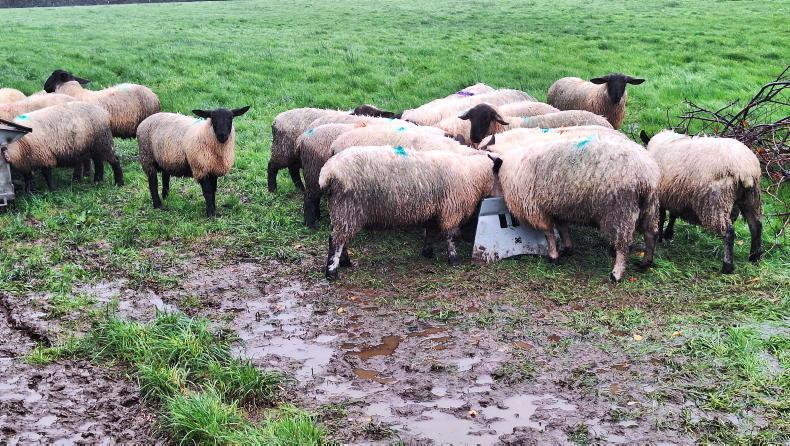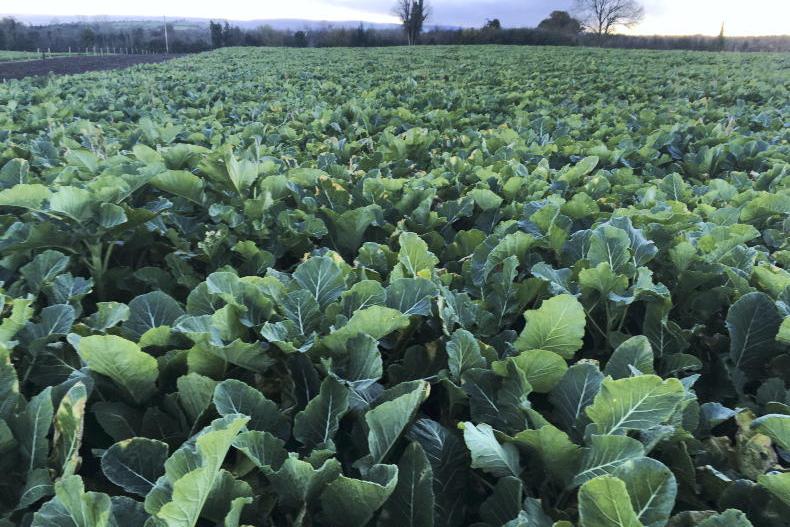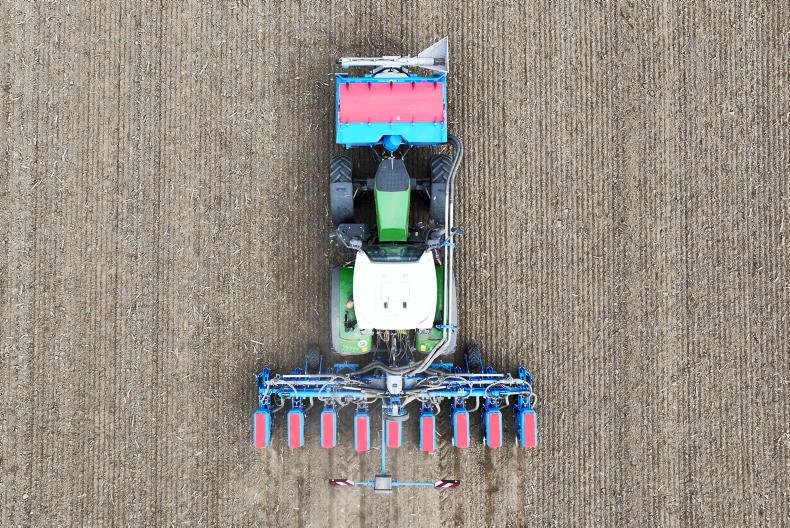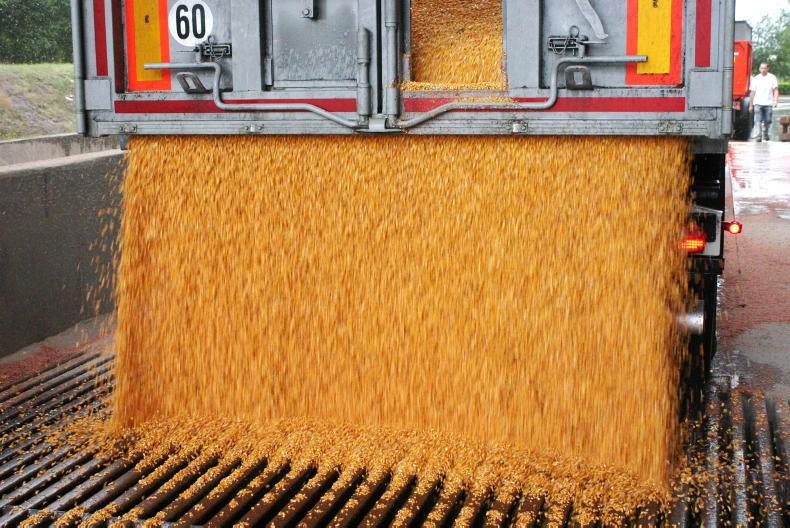The weather has affected all farmers badly this year.
Tillage farmers have not been able to plant crops and livestock farmers have not been able to graze, so fodder reserves are depleted and, in some cases, optimum times for spreading fertiliser for silage have been missed.
It is no surprise then that some livestock farmers are looking to tillage farmers to grow forage crops.
As agriculture becomes more specialised, different farming sectors need to work together to make the sector more sustainable.
For example, moving slurry to a tillage farm to help to grow a forage crop keeps the nutrient load down on the livestock farm and helps to add biological activity to the soil on the tillage farm, while adding fertiliser to the crop.
In this late season, it might make sense for tillage farmers to grow crops such as maize and beet that are suited to being planted at this time of the year.
Costs
However, many tillage farmers are not forthcoming in growing forage for livestock farms, as, in the past, they have grown crops on the understanding the livestock farmer would purchase it and they were then left with the fodder crop.
These crops are generally expensive to grow, with maize, machinery and input costs at over €800/ac. With these costs in mind, it is essential that you have a market for the crop being grown and an agreement in place with a farmer that you can trust.
Teagasc has sample forage crop agreements on its website or you can ask your adviser for a copy and some advice.
The main thing to ensure is that there is money on the table. If you are entering into an agreement to grow a forage crop, then the livestock farmer needs to pay some of the money before planting.
What should be in the agreement?
These forage contract agreements contain details of the price of the product per tonne, as well as the varieties grown, the area to be planted, the estimated crop yield and the expected harvest date.
It should outline payment instalments. Teagasc has three payment timings. The first instalment is at sowing, the second mid-season and the third on delivery of the crop.
Bank details are outlined on the agreement, along with each grower’s address and herd number.
The land parcel identification numbers where the crop is being grown are also outlined, as well as the soil sample results from these fields. The delivery location or storage area are stated.
The agreement also features the details of the facilitator who should be contacted in the event of a dispute arising.
Interest
Other things outlined include interest of 1.5% on delayed payments and that “the grower shall ensure that best practice in crop husbandry and agronomy is adhered to at all times during the growing of the crop”.
Farmers entering into an agreement can amend the template provided by Teagasc to suit their individual situation.
For example, you may need to outline that the maize is to be grown under film and who is paying for the harvest and transport of the crop.
Last week, Tirlán announced that it would help tillage and livestock farmers to work together.
Tirlán will facilitate agreements by charging the livestock farmer for 50% of the seed, fertiliser, agro chemicals and other inputs required by the tillage farmer to grow fodder crops. An agreement such as the Teagasc forage contract needs to be utilised to do this.
Top things to include in a forage contract:
Farmer names.Payment schedule.Bank details.Soil sample results.Parcel numbers.Crops and varieties to be grown.Estimated yield.Estimated harvest date.Harvest and transport payments.Delivery location.Facilitator name.
The weather has affected all farmers badly this year.
Tillage farmers have not been able to plant crops and livestock farmers have not been able to graze, so fodder reserves are depleted and, in some cases, optimum times for spreading fertiliser for silage have been missed.
It is no surprise then that some livestock farmers are looking to tillage farmers to grow forage crops.
As agriculture becomes more specialised, different farming sectors need to work together to make the sector more sustainable.
For example, moving slurry to a tillage farm to help to grow a forage crop keeps the nutrient load down on the livestock farm and helps to add biological activity to the soil on the tillage farm, while adding fertiliser to the crop.
In this late season, it might make sense for tillage farmers to grow crops such as maize and beet that are suited to being planted at this time of the year.
Costs
However, many tillage farmers are not forthcoming in growing forage for livestock farms, as, in the past, they have grown crops on the understanding the livestock farmer would purchase it and they were then left with the fodder crop.
These crops are generally expensive to grow, with maize, machinery and input costs at over €800/ac. With these costs in mind, it is essential that you have a market for the crop being grown and an agreement in place with a farmer that you can trust.
Teagasc has sample forage crop agreements on its website or you can ask your adviser for a copy and some advice.
The main thing to ensure is that there is money on the table. If you are entering into an agreement to grow a forage crop, then the livestock farmer needs to pay some of the money before planting.
What should be in the agreement?
These forage contract agreements contain details of the price of the product per tonne, as well as the varieties grown, the area to be planted, the estimated crop yield and the expected harvest date.
It should outline payment instalments. Teagasc has three payment timings. The first instalment is at sowing, the second mid-season and the third on delivery of the crop.
Bank details are outlined on the agreement, along with each grower’s address and herd number.
The land parcel identification numbers where the crop is being grown are also outlined, as well as the soil sample results from these fields. The delivery location or storage area are stated.
The agreement also features the details of the facilitator who should be contacted in the event of a dispute arising.
Interest
Other things outlined include interest of 1.5% on delayed payments and that “the grower shall ensure that best practice in crop husbandry and agronomy is adhered to at all times during the growing of the crop”.
Farmers entering into an agreement can amend the template provided by Teagasc to suit their individual situation.
For example, you may need to outline that the maize is to be grown under film and who is paying for the harvest and transport of the crop.
Last week, Tirlán announced that it would help tillage and livestock farmers to work together.
Tirlán will facilitate agreements by charging the livestock farmer for 50% of the seed, fertiliser, agro chemicals and other inputs required by the tillage farmer to grow fodder crops. An agreement such as the Teagasc forage contract needs to be utilised to do this.
Top things to include in a forage contract:
Farmer names.Payment schedule.Bank details.Soil sample results.Parcel numbers.Crops and varieties to be grown.Estimated yield.Estimated harvest date.Harvest and transport payments.Delivery location.Facilitator name. 









SHARING OPTIONS